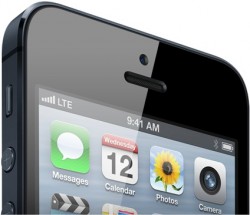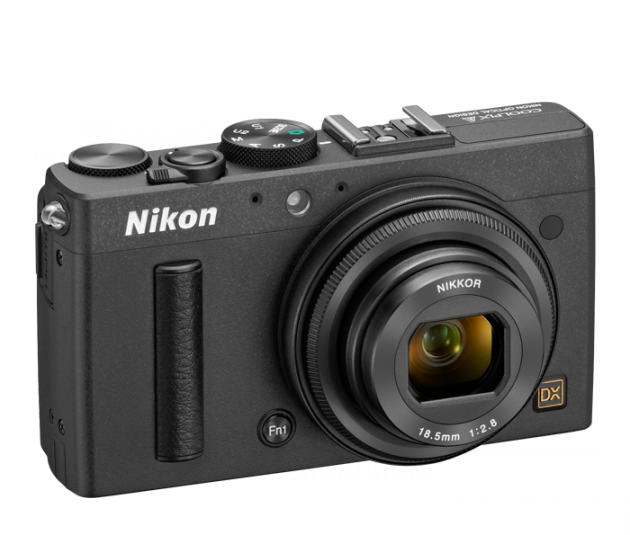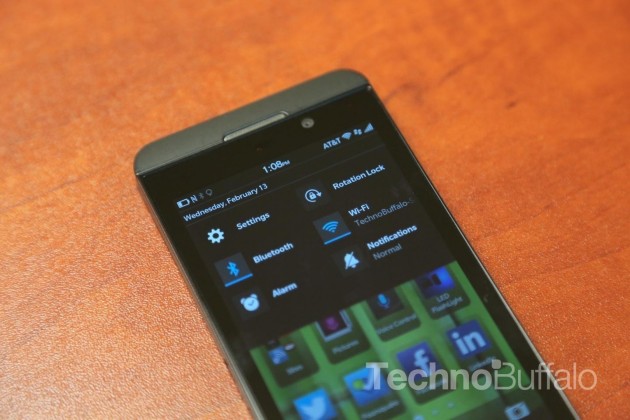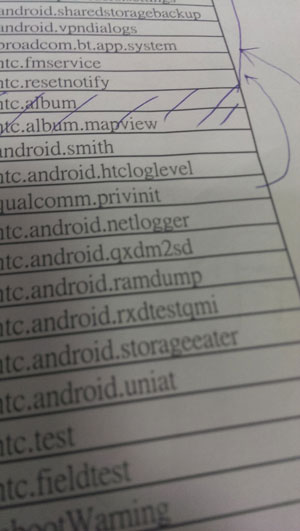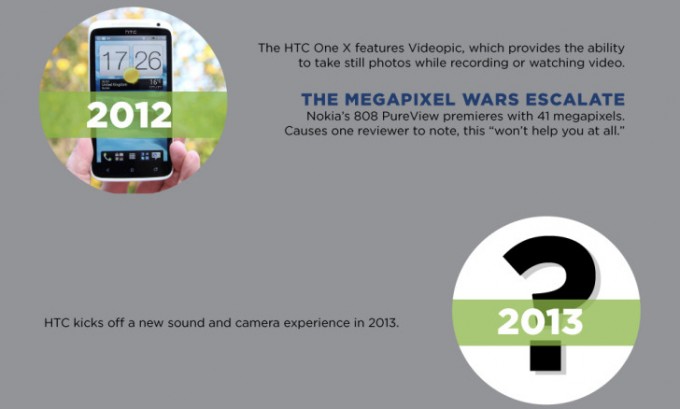Samsung appear to have done it again with their new Galaxy S7, continuing to cut the gap between themselves and Apple's iPhone as the most popular mobile phone on the market when their latest smartphone hits the shelves on March 11. When it comes to Android phones, nobody quite does it like Samsung, and the Galaxy S7 has already been a hit for a host of reasons, from its camera to its memory slot. Both the S7 and the S7 Edge, the slimmer version of the phone, are being tipped to challenge the iPhone 6 at the top of the best selling charts over the next few months, and it's hard to find any real fault in this new release from Samsung.
People want a lot more from their phones than ever before. Whether it's creating high-quality videos for YouTube, checking the latest football scores with ESPN, booking a flight with Skyscanner or any number of modern uses for smartphones, people need their phones to capable of more functions than ever before.
Having placed a lot of emphasis on gamers, with some exciting developments in the pipeline for virtual reality, the S7 is a lot more than just a phone. And for those gaming fans who have an interest in online casinos, whether it’s playing pokies with 32Red or competing in poker tournaments, this smartphone is more than capable of juggling everything a gamer could need to stay on top of all the action.
But as well as offering users all the latest apps and features, the public want to know the more traditionally important functions of a phone are as important as those new innovations. So, what are the main things we need to know about Samsung's latest product.
Image Credit: the Inquirer
Camera: The most obvious improvement with the S7 has to be its camera. With a clear focus on low-light settings, Samsung have reduced the camera from 16 to 12 megapixels, albeit it using bigger pixels that allow 56 percent more light - something that has clearly worked.Boasting a f/1.7 aperture with a rearranged sensor layout for quicker focus speeds, the Galaxy S7 camera could well be one of the most complete on the market. From its colour capture, to its lightning quick shutter speed, if you're only going to get hyped about one aspect of Samsung's latest design, it has to be its camera.
Water Resistant: While there was a lot to like about the Galaxy S6, the fact it wasn't water resistant didn't go down well with those that had become used to it. With an impressive IP68 rating, the S7 can survive a drop in five foot of water for up to time scale of up half an hour. It might not be advised to take the new Galaxy with you on your next scuba diving session, but the fact the S7 is water resistant does make bath-time a little less nervous.
Video Credit: The Verge
24-Hour Display: One long-standing problem when it comes to smartphones has been the quest to provide 24-hour information on a lock-screen display without milking the battery. Samsung appear to have solved this with their energy-efficient AMOLED display and Snapdragon 820 processor, which means the 'Always On' feature can show the time, calendar and notifications on the screen around-the-clock. It might not be the biggest task to check the time without having to unlock your phone, but this is yet another welcome little touch from Samsung that make this phone so impressive.
Gaming: As well as being able to download your favourite sports and betting apps, such as 32Red or UNIBET, Samsung have placed particular focus on both gaming and virtual reality. When it comes to gaming, Samsung have created TouchWiz, a customised version of Android that comes complete with its own hub. This brilliant feature allows the user to shoot video or voice calls and text into small icons, meaning you don't have to lose your place in whatever game you're playing just to send a call from your Gran to voicemail.
The Edge won’t frustrate you....as much: The launch of the Edge on the S6 certainly caught the attention of a lot of people, but then it definitely failed to maintain that attention due to a number of reasons. But rather than cut their losses on the feature - allowing users to swipe to favourite apps from the side of your phone, Samsung have upped it a level, adding more panels and even allowing third-party developers to get involved. So, if you're regularly emailing the same person, you can customise your Edge so that a shortcut will automatically open the email with the recipient’s details already included.
Any good?
Aside from these nice and very welcome features, the real strength from the Galaxy S7 comes from the fact that it isn't a million miles away from the S6 - which was such a hit when it came out last year.








